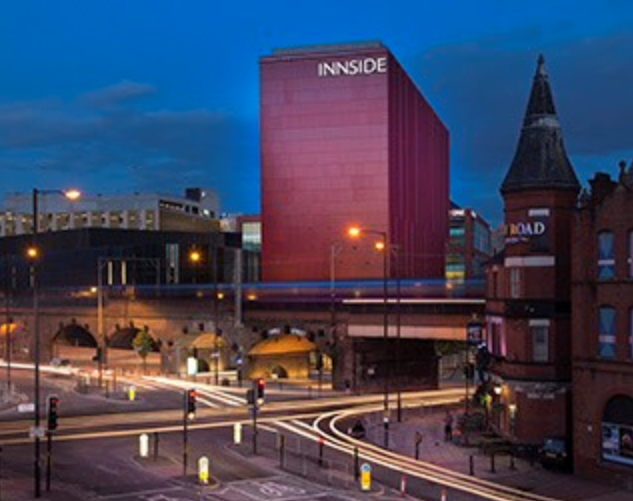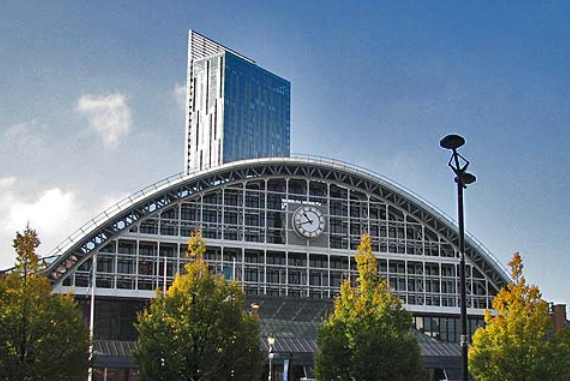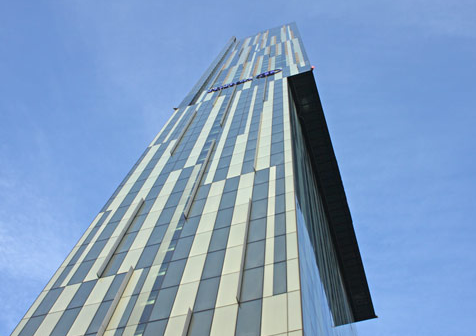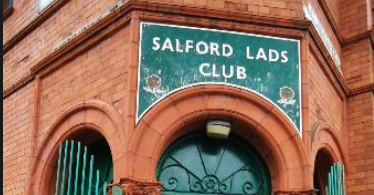An Alternative Christmas Treat
If you’re looking for something a little different for the festive season head down to NOMA for an alternative Christmas treat. Winterlast, a rustic hideaway, has arrived in Sadler’s Yard to provide a warm cosy venue to get away from the hustle and bustle of Christmas shopping and the busy streets.
Winterlast has been designed and built by Open Design Studio PLANT NOMA and will be operated in collaboration with the team at The Pilcrow pub, Manchester. The wooden grotto will offer a changing seasonal food menu and esoteric Christmas drinks in a relaxed, warm and festive atmosphere.
If you love films, then you’re in for a treat! Every day between 1st – 23rd December PLANT NOMA’S brand new 40-seater HD cinema will be showing a great Christmas classic – for free! Daily film screenings start at 7pm, with family friendly screenings at 10am on Saturdays. Just turn up and enjoy! There will also be fun festive activities, competitions and special events for everyone to enjoy.
Winterlast is Manchester’s hidden gem, where things are done a little bit differently. So, if you want something a little less traditional this Christmas take a trip down there, you won’t be disappointed.
Winterlast will be open from 4pm between 1st-23rd December and is located on Sadler’s Yard, NOMA, Manchester.


















